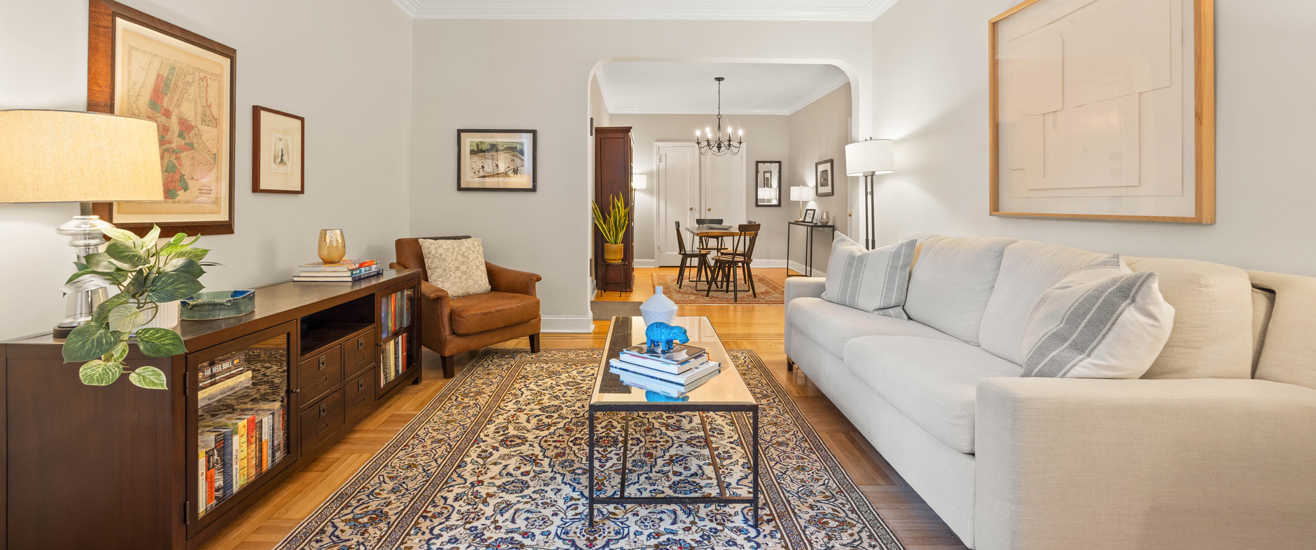
Fearless Female Inventors of NYC — Part 2
Continuing on where we left off in our last blog post when we introduced four fearless female inventors who were inspired here in NYC, let’s jump right into four more stories of amazing women whose ideas changed history.
Rachel Fuller Brown & Elizabeth Lee Hazen
Anti-Fungal Drug Nystatin
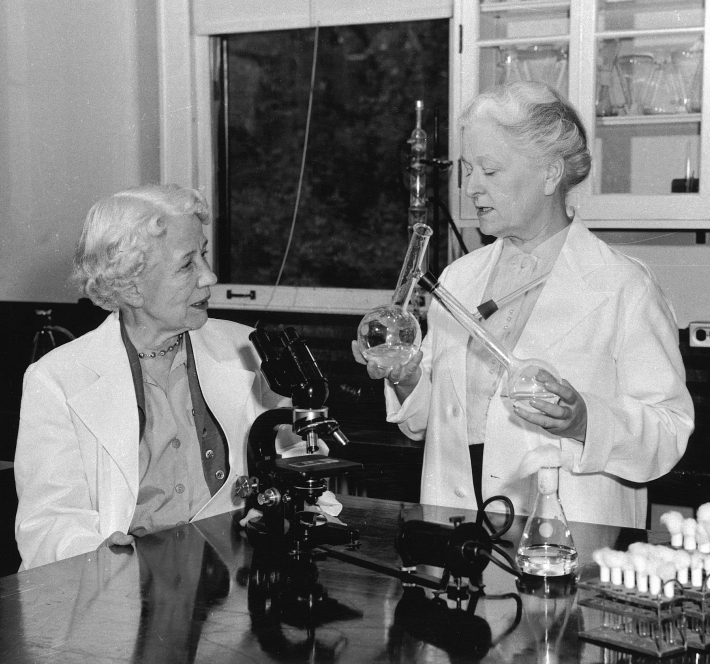
Elizabeth Hazen and Rachel Brown (Smithsonian Institution Archives)
Both born in the late 1800s, Rachel Fuller Brown and Elizabeth Lee Hazen were long-distance collaborators via snail mail as researchers at the New York State Department of Health. Brown had a background in organic chemistry, and was based in Albany, while Hazen was based in NYC and had earned her PhD in microbiology at Columbia.
Hazen cultured hundreds of organisms found in soil samples to test their ability to fight two particular fungi. She mailed promising specimens to Brown who in turn isolated the active agent in each and returned back to Hazen to retest against the original two fungi.
Eventually they discovered an agent that successfully killed the test fungi and proved to be safe for human use. Named Nystatin, their discovery was the first antifungal medication that was both safe and effective in treating human diseases, and the women ultimately received a patent in 1957.
The duo also discovered two antibiotics, phalmycin and capacidin, and continued their collaboration until retirement.
Hazen and Brown received many accolades including being the first women to be granted the Chemical Pioneer Award from the American Institute of Chemists.
Fun fact: Nystatin royalties amounted to over $13 million but neither Brown nor Hazen wanted to keep the money, so it was used for grants to further scientific research and to support what later became the Brown-Hazen Fund.
Beulah Louise Henry
Improvements to Dolls, Typewriters, Umbrellas, Sewing Machines…
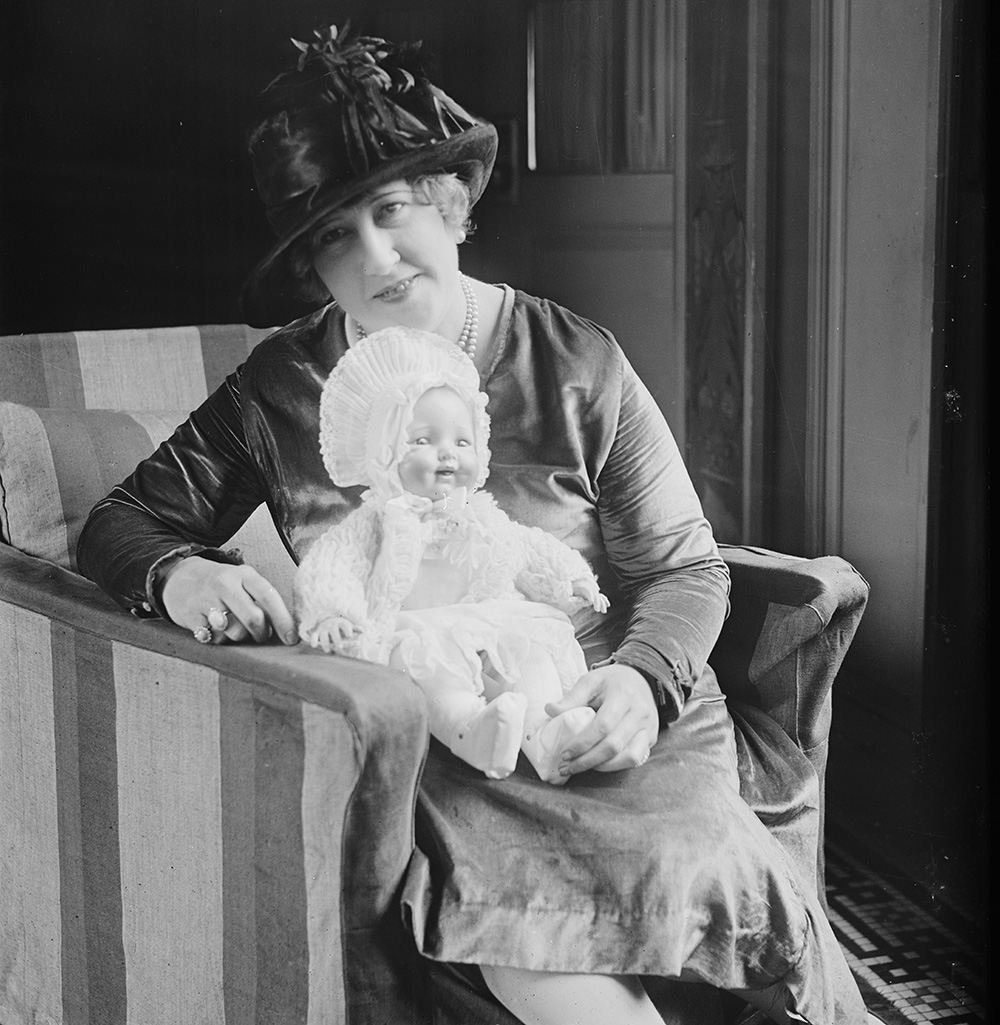
Beulah Louise Henry
Beulah Louise Henry, aka Lady Edison, was born in 1887 and over her lifetime she was responsible for over 100 inventions and 49 patents. Though she was born in North Carolina and received her first patent there for a vacuum ice freezer in 1912, she lived in NYC most of her life and there she formed the Henry Umbrella and Parasol Company, and the B.L. Henry Company.
Her inventions include the lockstitch bobbinless sewing machine, the protograph (a duplicating attachment for typewriters), Dolly Dips (soap-containing sponges), the Miss Illusion doll whose eyes closed and changed color, the Kiddie Clock to help kids learn to tell time, and an umbrella with detachable cloth covers.
Fun fact: Henry was fortunate enough to be among the few American women of her time to make a living as an inventor.
Bessie Blount
Feeding Tube
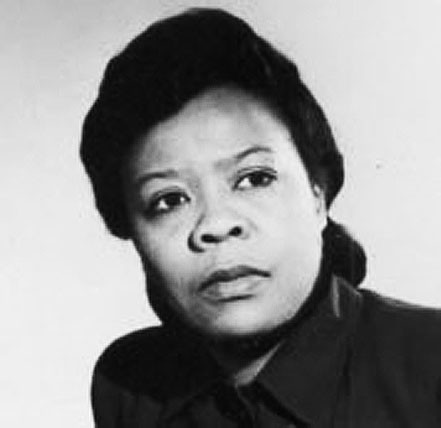
Bessie Blount
Born in Virginia in 1914, Bessie Blount was reprimanded by her teacher for writing with her left hand around age 7. In an act of defiance, she taught herself to write using her teeth and toes. This, in addition to overcoming the obstacles she faced as a working Black woman, helped shape her tenacity and ability to tackle adversity head on.
She went on to attend nursing school and then became a physical therapist who worked with many World War II veterans who had undergone arm amputations. Blount taught them to write with their teeth and toes just like she had once taught herself.
While working at Bronx Hospital, she invented a feeding tube—first known as an invalid feeder—to further assist her patients. She received a patent in 1948 and then spent four years improving her design. While some praised Blount’s invention, she was told by the Veterans Administration medical director that the device was impractical. In 1951, she gifted her invention to the French government who made use of her feeding tube in military hospitals.
She created subsequent designs such as a kidney-shaped vomit basin, and continued to work in nursing. Blount soon noticed that her patients’ handwriting changed as they underwent physical therapy, and that inspired her to pivot her career into forensic handwriting analysis. She continued on that path until she eventually became a public speaker.
Fun fact: It’s said that Blount was the first Black American woman to train at Scotland Yard in 1977, when she took advanced courses in the Document Division.
Lyda Newman
Hairbrush
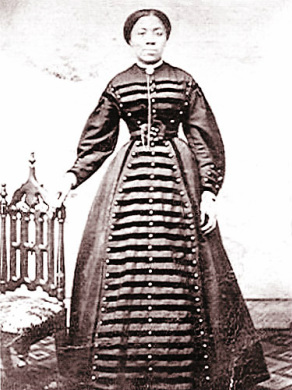
Lyda Newman
Though little is known about Lyda Newman’s life, she was born around 1865 in Ohio and records indicate she spent most of her life living in Manhattan and working as a hair stylist.
During the late 1800s, Newman invented a newer type of hairbrush focused on hygiene and efficiency. The brush used synthetic fibers, as opposed to animal hair, and could be disassembled and cleaned via a removable compartment that opened at the back. Newman’s design was specifically suited to African American hair since the synthetic bristles were more effective in treating thicker-textured strands.
She patented her invention in 1898.
Fun fact: Newman was a suffragist who devoted her free time to canvassing NYC neighborhoods, holding meetings and educating people.
It’s worth nothing that the first U.S. patent was filed in 1790 but it wasn’t until 1809 that Mary Dixon Kies became the first woman to receive a U.S. patent—for a straw-weaving technique to make hats.
As of July 2020, according to the U.S. Patent & Trademark Office more women than ever before were entering and staying active in the patent system, but women still only account for around 20% of patent holders.
Looking for a fearless female Park Slope real estate agent?

